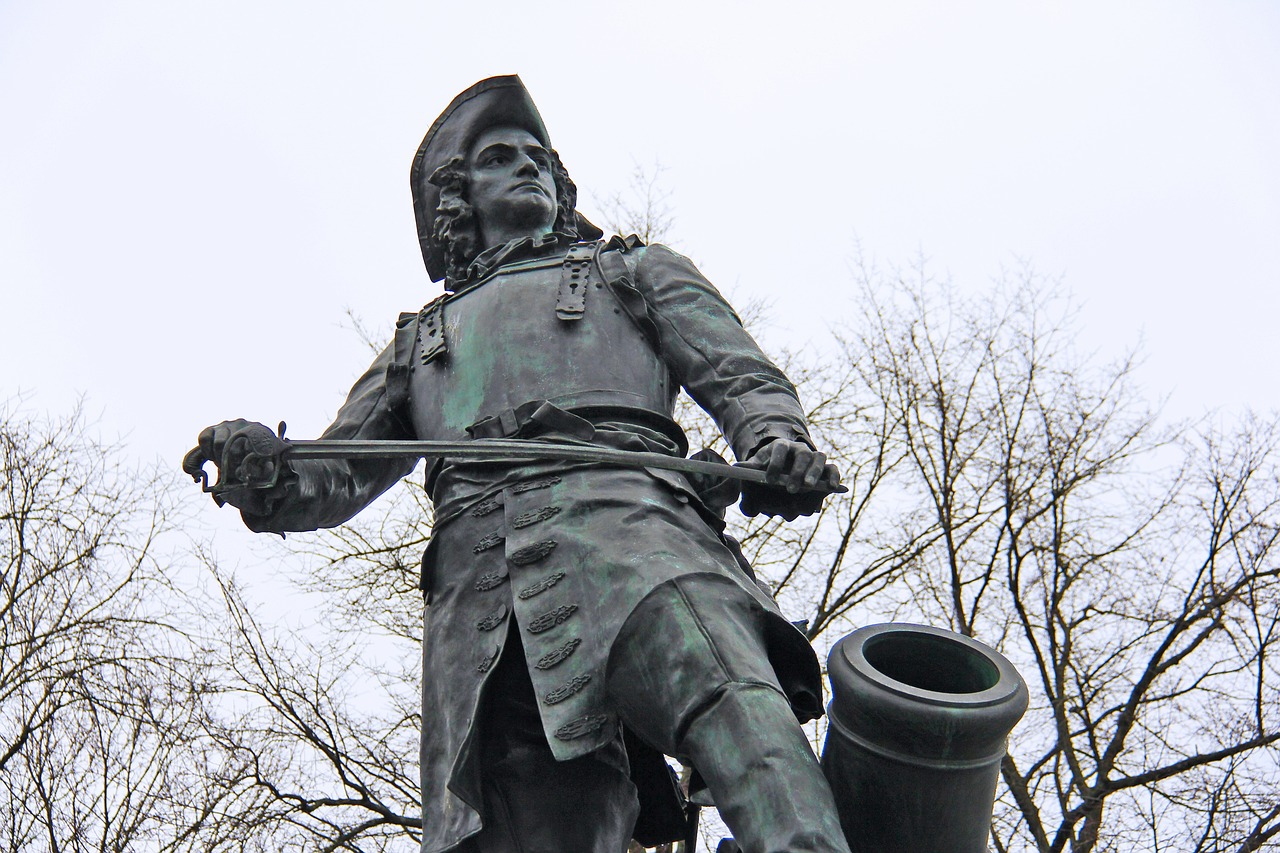Aker: The Guardian of the Horizon in Ancient Egyptian Mythology
Introduction to Aker
Aker, a prominent deity in ancient Egyptian mythology, represented the horizon and served as both the guardian and gatekeeper to the realm of the Underworld. His influence permeates various legends and religious practices of the time, showcasing the complexities and beliefs of ancient Egyptian culture.
Characteristics of Aker
- Primeval Origins: Aker is regarded as one of the oldest gods in the Egyptian pantheon, often depicted in the form of two lions who safeguard the earth and the pivotal East and West horizons of the afterlife.
- Symbolic Representation: Many interpretations suggest that Aker might be linked to the Great Sphinx, with the “Highlands of Aker” referring to the elevated Giza plateau that hosts the Sphinx and the Pyramids, core symbols of ancient Egyptian civilization.
- Dual Lions: The duality of Aker is depicted in art through two lion figures positioned back to back, symbolizing his watchful eye over the boundaries he governs.
-
Physical Traits: The lion depictions are adorned with spots reminiscent of the now-extinct Barbary lion, connecting the deity more closely with the natural world.
-
Symbolism of Borders: Aker’s imagery also conveys the division between light and darkness, signifying the transition between day and night.
-
The Sun Disk: Central to Aker’s symbolism is the sun disk, which is represented beneath a line indicating the horizon. This icon conveys concepts of creation, light, and the cycle of life and rebirth.
-
Connections to the Afterlife: He plays a significant role as the early kings revered him for his ability to unlock the gates of the earth, allowing the deceased to enter the Underworld.
-
Mythological Ties: Aker’s narratives intertwine with those of Apep, a fearsome serpent deity and adversary of Ra. He was believed to incapacitate Apep, preventing its malevolence from affecting the sun god.
-
Protective Role: Throughout his journey from noon to sunset, Aker was seen as a protector of Ra’s solar barque, safeguarding it from the threats posed by Apep during the voyage.
-
Historical Significance: By the Late Period of ancient Egyptian history, the two lions were identified as Tuau (today) and Sef (yesterday), reflecting the deeper philosophical views of time that the Egyptians held.
Fun Facts About Aker
- Aker embodies the principle of duality in ancient cultures, represented through the entity Akeru, which are his twin lion forms often mentioned in pyramid texts.
- Ancient texts refer to the Akeru as benign spirits, suggesting that they do not seize mortal souls but instead safeguarded against other dangers.
- The lion gods were associated with various protective spells that ancient priests devised to shield humans from malevolent forces.
- As a benevolent figure, Aker was believed to have the power to alleviate the effects of venom from snake bites and scorpion stings.
- Statues of the twin lions were commonly positioned at temple entrances to act as guardians against evil spirits, symbolizing the importance of protection in ancient religious practices.
Conclusion
The mythology surrounding Aker illustrates the rich tapestry of belief that characterized ancient Egyptian civilization. His role as a solar deity and guardian of the horizon showcases the deep spiritual understanding and respect that the Egyptians had for the interplay of life, death, and the cosmos.



